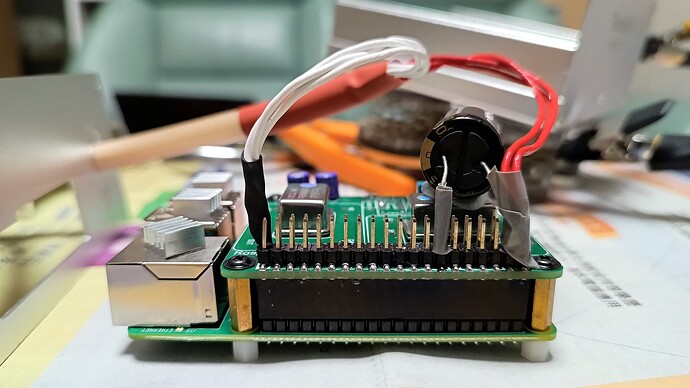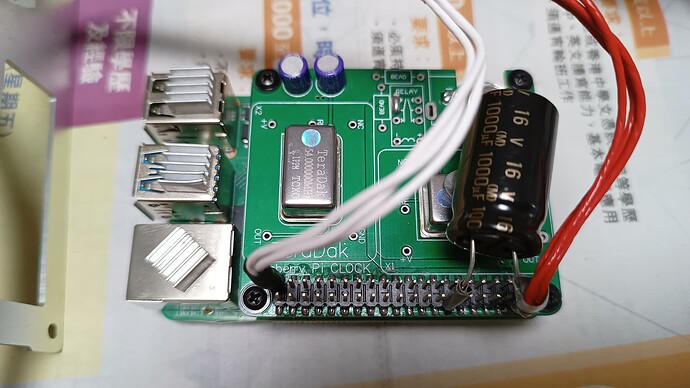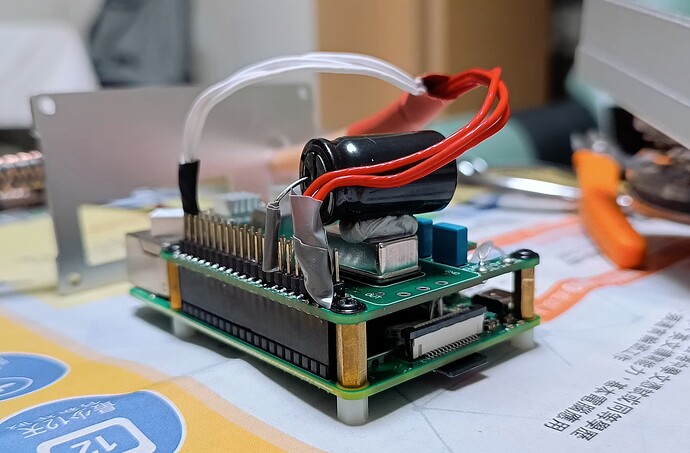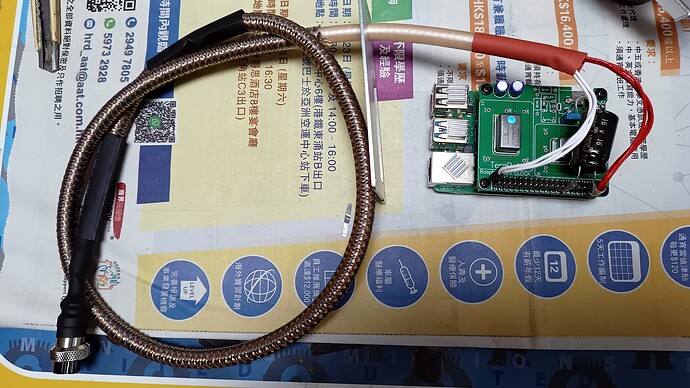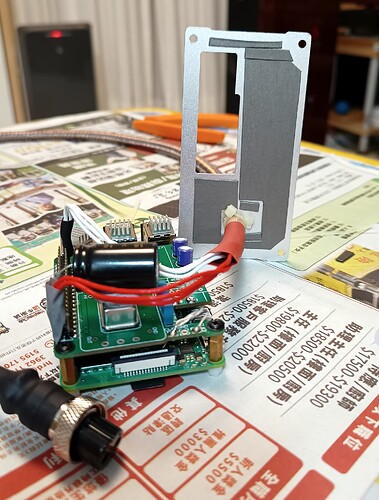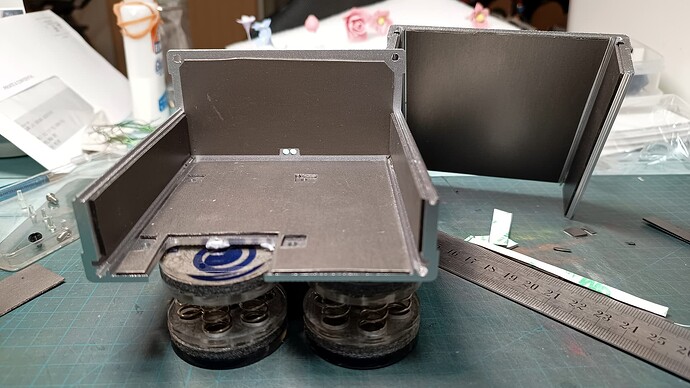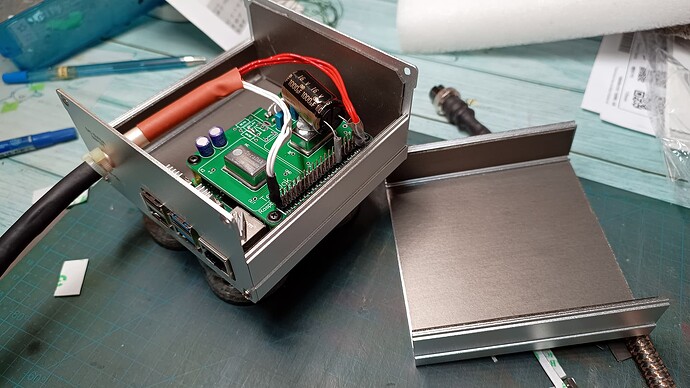Hi, I’m a 3 months old user in Roon world, even I’ve played CAS for a period of time. I’d like to share that my ROCK server is in a fanless Intel NUC, which used to connect thru
USB to an OCXO DDC then to my DAC.
Even I learnt that ALSA used in ROCK already got very low latency in handling audio signal, I’m still eager to know how the quality of the sound will be improved/changed with a dedicated bridge (several seconds of music data buffered in a highly tweaked OS), e.g. Ropieee in Raspberry Pi.
Then I found this interesting product that it’s a Raspberry Pi with a better clock, that’s TCXO in my case. As I got an OCXO DDC, I’d rather save some bucks for future venture. It’s powered by my LPS with a new DC cable from the same shop, and fitted with spring feets for vibration control. The sound stage is quite different from the NUC, it’s bigger, deeper, wider. Yet the focus is a bit different, and the background is not as dark as directly from NUC. As usual, the sound kept evolving day by day at this very initial period.
After a few days I decided to explore deeper into its potential, so I replaced the DC cable with my favor 7N OCC copper xlr cable. I used 3 threads for a polarity to further reduce its resistance to 1/3 of original (in my understand, pls. correct me if I’m wrong). And I added a electrolytic capacitor, too. Furthermore, I adhered some pieces of EMI absorber from 3M to minimize the stray EMI disturbance and internal EMI reflection.
Now the details, texture and sound stage are improved quite obviously, together with the much darker background, the music becomes more enjoyable. In comparing with the sound directly from ROCK, at that moment I’d prefer the sound from this bridge. Yet it still needs to go thru a month or 2 to fine tune the sound and test with different type of music.
Here are the pics. ![]()

